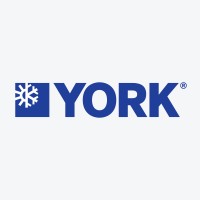
YORK Residential and Light Commercial HVAC
Founded in 1874, YORK® has been an industry leader since the beginning. A revolutionary YORK® "air washing" system installed in 1914 was the precursor to modern-day air conditioning. In 1924, the world’s first air-conditioned office building used YORK® equipment. And today, YORK® products are heating and cooling some of the world's most iconic structures, including the Empire State Building, the English Chunnel, the U.S. Capitol Building and the Sydney Opera House. YORK® is a registered trademark of Johnson Controls International plc and its affiliated companies. Used under license.






